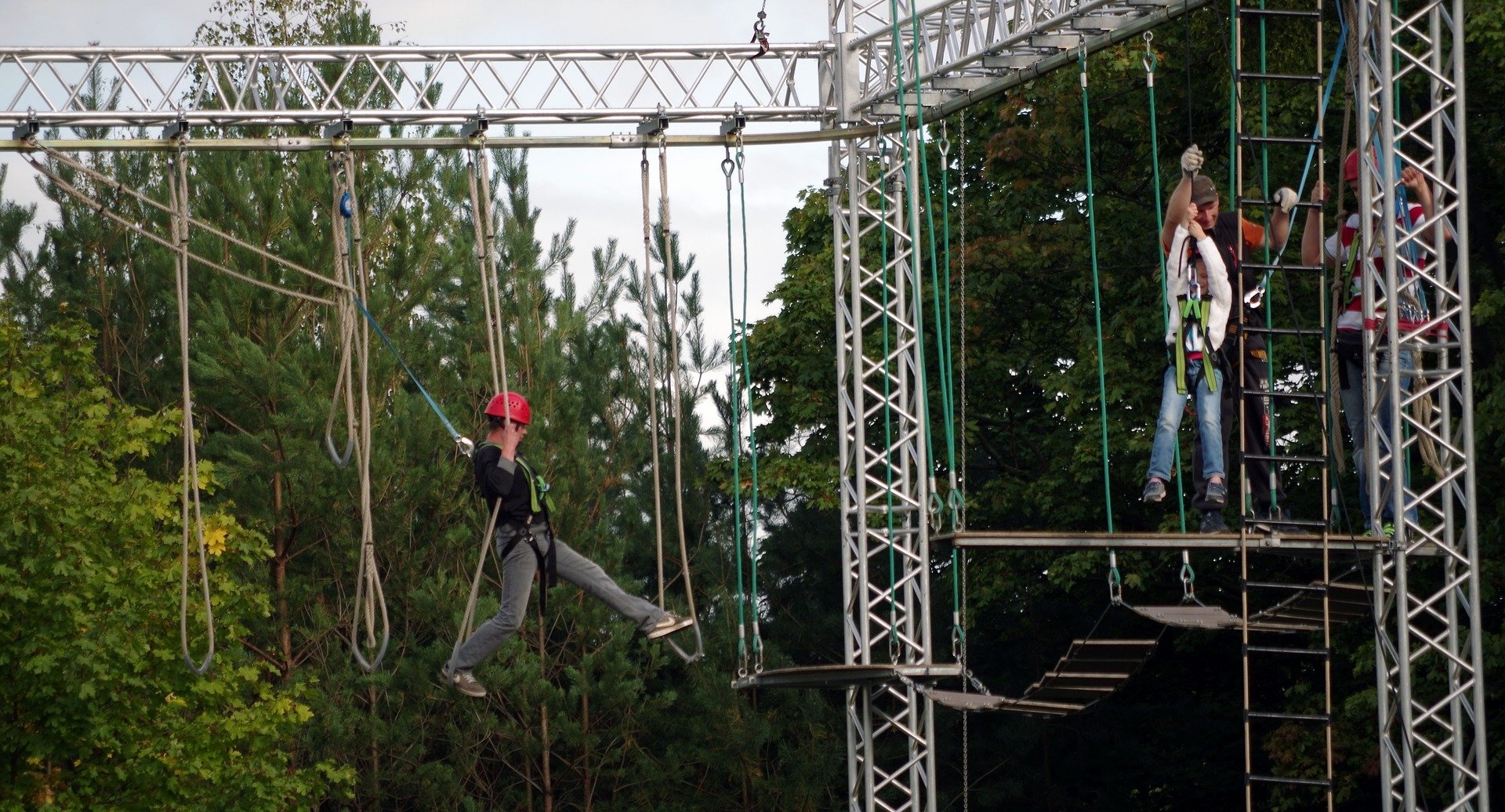High-performing teams are not born. They are made.
Humans are social. We come into the world hardwired to survive, find our tribe, and discover where we belong. The notion that you can work better alone may apply some of the time, but not all the time. “Two heads are better than one,” may sound trite, but we create and learn more collectively than we ever could alone.
I like reflecting and spending time with my thoughts. Something extraordinary occurs when I share those thoughts, and we mull over lofty and not so lofty ideas together. An element of synergy that I never find individually explodes when I sit with colleagues to discuss, digest, and even disagree.
A high-performing team experiences a level of exceptional synergy and productivity. Many, perhaps most, groups drown in complacency, conflict, and competitiveness.
What makes the difference? Why would I relish every moment working with one group of people and dread the company of another?
I hope you have had the opportunity to work on a team where each person brought their best to the table every day, and no one withheld their knowledge, experience, and certainly not their opinion. If you found yourself lucky enough to serve on a team like this, you know the difference. In one scenario, hard work invigorates. The other sucks the life out of you.
Example of a high-performing team
As of this moment, three superior and dynamic teams come to mind through my professional career.
One such team included a diverse group. We were charged with creating and delivering training at various locations for different functions and levels of staff. The first day we met, my immediate thought was, “This will never work!”
Twelve individuals of different ages, expertise, experience, and personalities took on an exciting project. We ranged from outspoken to quiet, but we all shared a vision. Our leadership gave us a simple goal—build our internal capacity to offer professional learning.
You can call it luck, but the accomplishments of this team far exceeded sheer luck. Our leaders set us up for success from the beginning. The members completed a comprehensive application process. We submitted an essay on why we wanted to take this step in our careers and a video demonstrating our teaching ability.
I guess you could argue that this alone narrowed the field by selecting highly motivated and skilled individuals. However, I have seen teams carefully chosen for their expertise that never rose to the same level of collaboration.
Creating a high-performing team
The team completed several pieces of training on adult learners, presentation skills, and shadowed other experts in the material that we would teach. A Ropes Course helped us individually and as a team by exploring leadership and communication concepts, problem-solving, and coaching.
The high ropes challenge tested our level of risk-taking. the course tested our trust in the facilitators and our colleagues while dangling precariously in the air. We spent that day learning about ourselves and each other.
Every team does not need or has the resources for a full day of activities like the Ropes Course. The course did not guarantee that our team would work well together. Rather, one more dimension contributed to building trust. In a relatively short period of time, we became more than any one of us could have become individually. The work we created and the training we delivered far surpassed anything we might have designed and delivered alone.
Could any of us have taken the material and taught successfully? Absolutely. By the end of three years, we had touched nearly all the 500 employees. And, we even won over a few who entered with folded arms. This unique team did more than teach. We modeled, mentored, coached, and supported learning—the participants’ and ours.
While we all gained something valuable, our customers came out the real winners. Everyone had new skills to tackle the challenges we faced.
Common elements of high-performing teams
Common elements shape high-performing teams made up of quite ordinary people. We often do not have the luxury to pick our teams, nor do we know why we received the call to serve on this team. When I recall the good and the not so good teams in my past, they either excelled or failed miserably at any combination of a few key characteristics. High-performance teams:
- Align around a shared vision and values
- Feel safe and nurture an environment of trust
- Exhibit integrity—doing the right things for the right reasons
- Respect one another
- Remain learners and encourage new ideas and thinking
- Give and receive beneficial feedback
- Communicate well and often—open discourse and dialogue
- Collaborate, complement, and challenge each other
- Value the strengths each member brings to the team
- Focus on attaining goals
No perfect team exists, but we can work toward creating a collaborative culture based on those 10 characteristics.
Leaders play a vital role in establishing the climate and culture where teams perform well and get results. Remember, we have a social nature and gravitate toward groups.
Unfortunately, no one can make people, who did or did not choose their place on the team, cooperate, and work well together. Leaders have one critical responsibility in building an environment for teams to excel—remove the system processes (barriers) that derail team-building.
If you are the leader or leading a group of individuals, carefully plan how you will create the experiences that build relationships. Putting people in chairs around the table does not create a team much less a high-performing team. Those types of teams only emerge through trust and commitment to the task and each other.
What type of team do you have?
And always—


